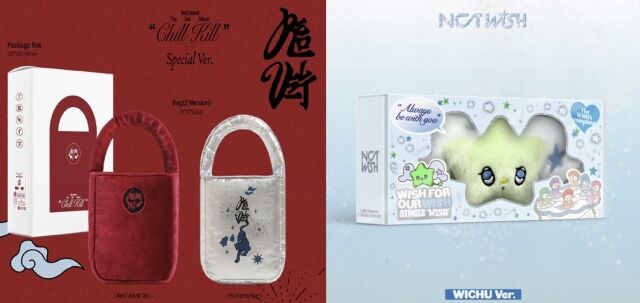
Variety reports that in today’s digital era, where streaming dominates global music consumption, K-pop remains a rare stronghold for physical album sales.
When leading acts such as BTS, Seventeen, and Stray Kids release new albums, media headlines often highlight multimillion-unit sales. According to the Korea Music Content Association, total album sales in 2024 soared to 98.37 million copies. While this reflects the unmatched enthusiasm of K-pop fandoms, it also raises serious environmental concerns.
For fans, albums are not merely tools for listening but treasured collectibles tied to fan sign entries and exclusive photo cards. Many purchase dozens or even hundreds of copies, unintentionally contributing to massive plastic waste as excess albums are resold, stored indefinitely, or discarded.

The issue of K-pop album waste drew global attention last April when a large pile of discarded albums was found in a park in Tokyo’s Shibuya district, sparking widespread criticism. Social media quickly filled with concerns over the wasteful trend of fans disposing of albums after entering fan sign events or contests.
As environmental awareness grows, the entertainment industry is beginning to evolve. Traditional CD-based albums are increasingly being replaced by digital formats such as kit albums, which allow fans to access songs and music videos by simply tagging the album with their smartphones. These compact formats are easier to store and use significantly less plastic while preserving the collectible aspect that fans value.

NCT WISH’s WICHU doll highlights a fresh evolution in K-pop album design, transforming the traditional album into a collectible plush that doubles as both memorabilia and a promotional item. Fans have praised it for its charm and usefulness.
Similarly, Red Velvet’s Chill Kill bag album merges functionality with fashion, allowing listeners to integrate the item into their daily lives while naturally promoting the group. These innovations reflect a growing movement toward environmentally conscious physical albums. While photo card-centered consumption remains popular, the industry is gradually shifting focus toward immersive experiences and storytelling over plastic-heavy products.
Once a symbol of K-pop’s global rise, the physical album now poses an environmental dilemma — making it crucial for artists, labels, and fans to collaborate on sustainable, eco-friendly solutions for the genre’s future.










